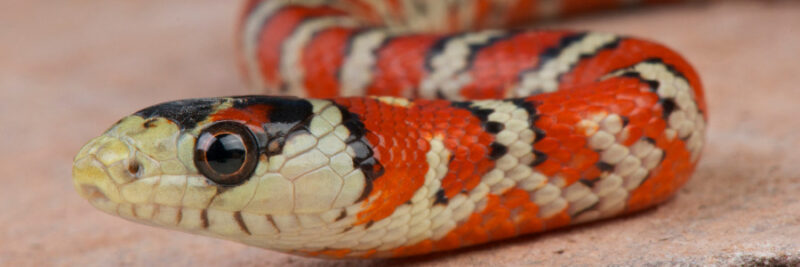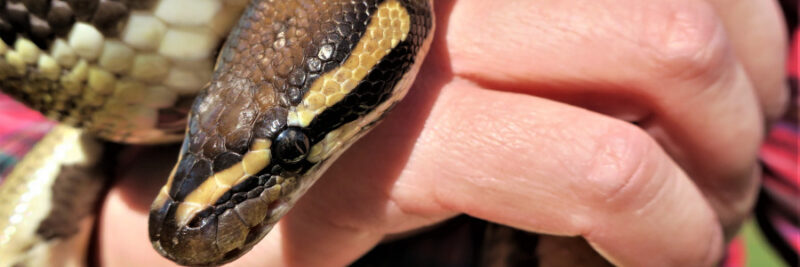
Deciding to get your very first reptile pet is an exciting move! With so many unique, fascinating species to consider, it can also feel a bit overwhelming trying to determine which will be the best fit for a beginner keeper.
In this guide, we’ll walk through how to select the right reptile companion for your experience level. We’ll also cover costs, care commitment, bonding, and key considerations so you can make an informed choice. Let’s get into it!
Choosing a Reptile for Beginners

Certain reptiles are more suitable for first-timers based on their hardiness, temperament, care requirements, and other factors. Here are top contenders in some common categories:
Common Starter Lizards
Leopard geckos are a fantastic choice – they’re gentle, long-lived, and have modest habitat needs. Bearded dragons are very responsive reptiles that bond well when handled regularly. Peaceful crested geckos thrive in simple terrariums.
Starter Snakes

Docile colubrid snakes like corns, kings, and milk snakes make excellent starter serpents. They stay a reasonable size and eat pre-killed rodents readily. Always choose captive-bred specimens.
Other Beginner Pets
Turtles and tortoises are personable but require extensive habitats. Pacific newts and White’s tree frogs are good amphibian options. Do thorough research before deciding!
Reptile Pet Care Basics
Caring properly for your new reptile friend will take some learning but is very rewarding. Here’s an overview of key elements:
Habitat Needs
Provide an appropriate sized enclosure with proper heating and lighting. Include hides, climbing areas, substrate, clean water, and other species-specific habitat elements.
Handling & Bonding

Go slow with new reptiles and interact briefly but regularly to build trust. Support bodies fully when handling. Look for signs of comfort like closing eyes.
Diet & Health
Research nutrition for your species – whether insects, greens, vegetables and more. Dust food with targeted supplements to prevent deficiencies. Find an exotic vet for checkups.
Costs of Reptile Ownership
The startup and ongoing costs for a reptile vary based on the species and your setup. Here’s what to expect:
Startup Costs
Buying or building a proper habitat is the biggest initial investment, often $200+. Add in heating, lighting, decor, and other supplies.
Monthly Care Costs
Food, utilities, replacement bulbs, and other recurring supplies will likely run you $30-50 monthly depending on the reptile.
Are Reptiles Right for You?

Before taking the plunge, reflect on these unique pros and cons:
Benefits of Reptile Pets
Reptiles offer enjoyable low-maintenance companionship and live a long time with proper care. They display fascinating behaviors and appeal to kids and adults.
Potential Downsides
Specialized care requirements, limited snuggling abilities, and finding exotic vet care can be drawbacks for some owners. Make sure you’re fully prepared!
Frequently Asked Questions About Buying a First Reptile
Great starter options include leopard geckos, bearded dragons, crested geckos, corn snakes, and more based on their dispositions and care needs.
Start-up costs for habitat and supplies can be $200+ but monthly care expenses are reasonable at $30-50 for most species. Larger species cost more.
Research care standards, costs, lifespan; think about your experience level; and make sure it will fit your home life and expectations before getting a reptile!
I hope this overview helps you feel prepared to choose a fantastic first reptile companion! Let me know if you have any other questions. Happy herping!
